Native Plants
Encouraging biodiversity and wildlife into our gardens is a current hot topic in the landscaping and horticultural industry. Our towns and cities are becoming increasingly built up and habitats for our native plants and wildlife are becoming fragmented. Using some native plants in our gardens is one way we can all help.
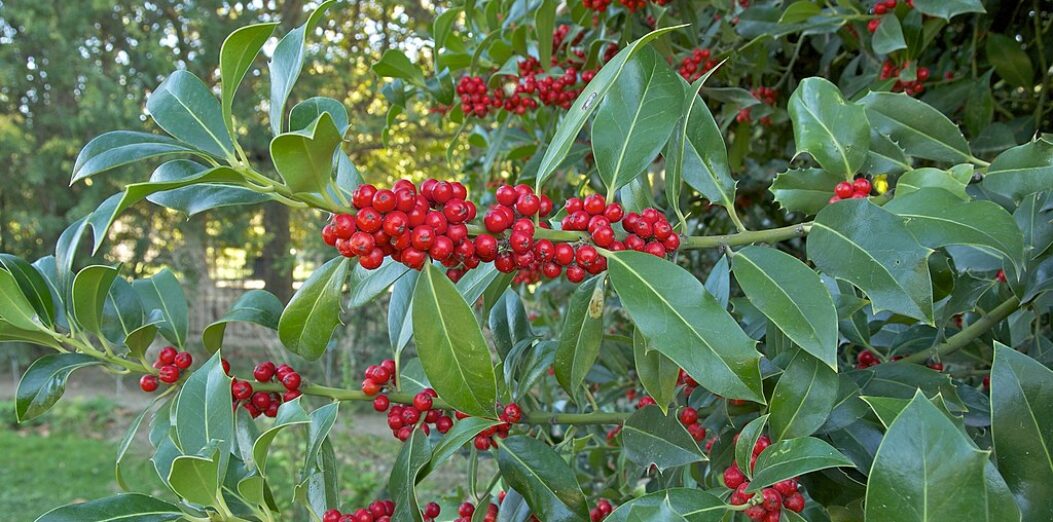
Surprisingly, a traditional English garden is made up of mostly non-native species, and many of the familiar plants we are used to were imported to the UK as far back as the 15th century. The wide variety of species we are now able to grow in the UK is astounding and is largely due to commercial growing and breeding over the years.
Because we have such a wide variety of plants, it is absolutely possible to have a wildlife friendly garden without any native species. In fact, many non-native plants are very beneficial to wildlife because they provide food and shelter at times of year that most of our native species do not.
(For more ideas on environmentally friendly gardening, take a look at my blog on environmentally friendly choices for your garden design).
So Why Add Native Plants to your Garden?
Native plants are those that are indigenous to this country that have not been imported and have thrived in the UK for thousands of years. Adding some native species into your garden can help our wildlife and the environment in three main ways:
- Because native plants have lived here in the UK for thousands of years, they now support a wider variety of wildlife. For example, studies show that our two native oak species support a massive 2,300 species of mammals, birds, invertebrates, fungi and mosses.
- Over time, our native plants and wildlife have evolved to depend on each other, for example pollinators indigenous to an area thrive on indigenous flowers. Adding native plant species will help to support and increase local species of wildlife.
- Native plants are ideally suited to UK conditions, so don’t need as much looking after in the form of watering, fertilising and use of pesticides.
The best solution for wildlife friendly gardening is to include a mix of native and non-native plants. To get you started, here are a few native plants and trees that are suitable for most gardens:
1. Trees
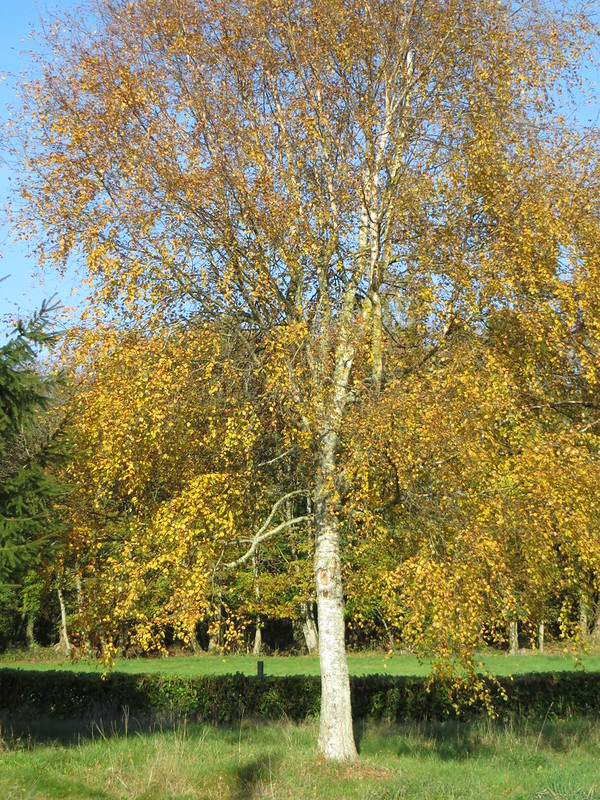
Silver Birch
- Silver birches are planted for their distinctive white peeling bark, which can be a real highlight during the winter months. They can grow in most conditions and can create a real focal point within a design.
- Birch trees are a great choice for a moderately large garden as they can grow up to 20 metres in height.
- Birches attract small birds such as long-tailed tits and greenfinches because of their abundant seeds and the insects they host.
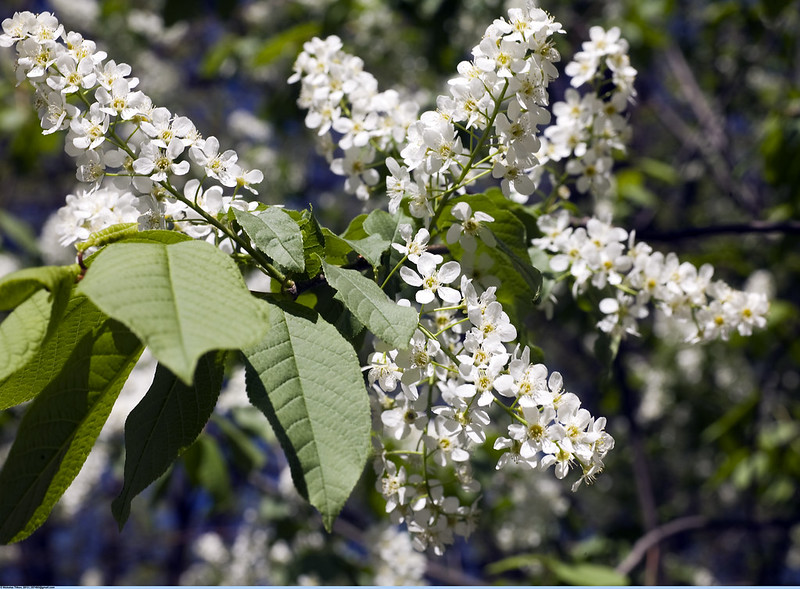
Bird Cherry (Prunus padus)
- Bird cherry is a tough tree that is at home in the toughest of urban environments.
- It boasts lovely white flower spikes and gorgeous autumn colour. It is also neat in habit and doesn’t produce lots of new shoots at it’s base. It needs regular hard pruning as it can grow tall if unchecked.
- The bitter cherries are eaten by blackbirds, thrushes, badgers and mice.
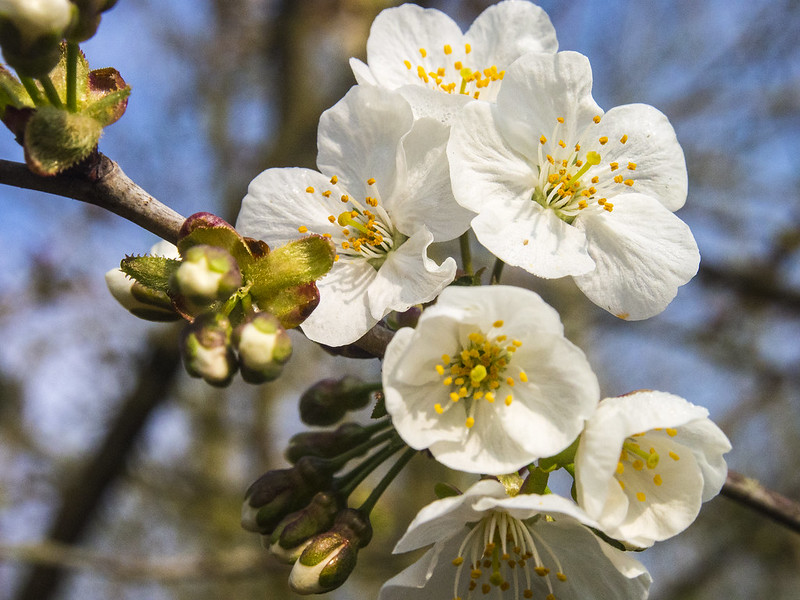
Wild Cherry (Prunus avium)
- With clouds of white blossom in spring, bright summer fruit and crimson autumn colour, the wild cherry is a great addition to the garden.
- Best grown in full sun and well-draining soil and in a sheltered area to maintain the blossom as long as possible.
- The blossom provides an early source of nectar for a wide range of insects and the summer fruit is an important source of food for mammals and birds.
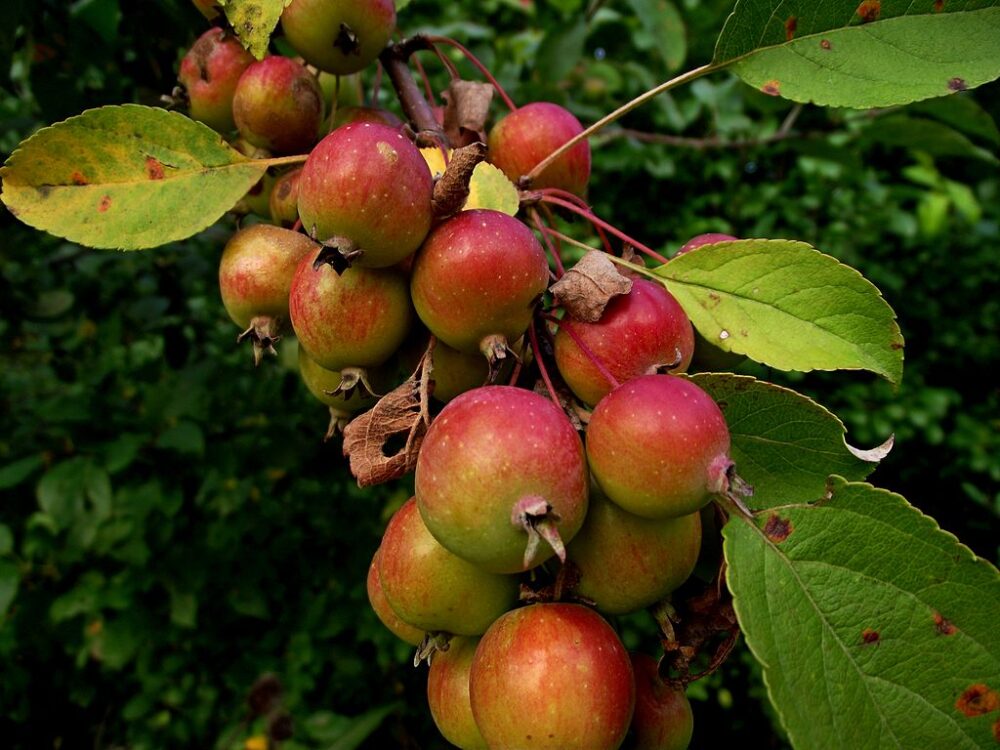
Crab apple (Malus sylvestris)
- Great for small gardens, as they can be easily pruned, crab apples are the wild ancestor of our cultivated apple varieties.
- The spring flowers provide nectar for insects, particularly bees, and the fruits provide food for mammals and birds.
- You can also use the fruit to make crab apple jelly.
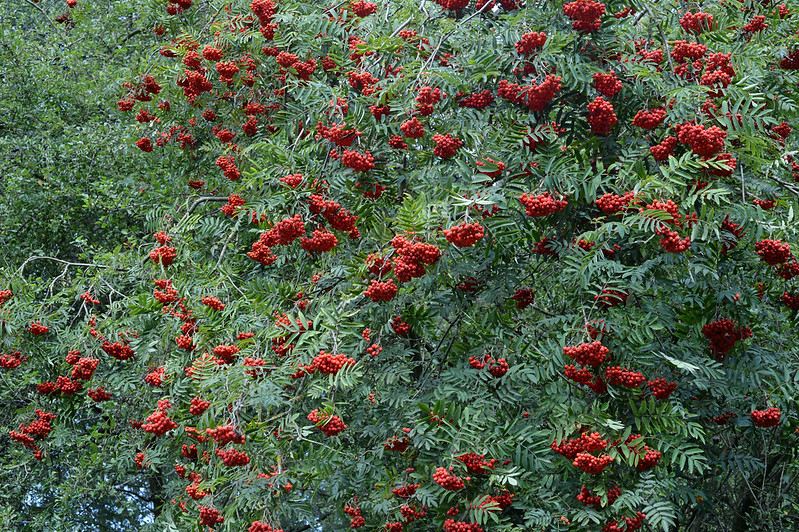
Rowan or mountain Ash (Sorbus aucuparia)
- Rowan is a wildlife magnet and one of the prettiest native trees for every season. Don’t be fooled by its delicate appearance; this is a very tough tree that can grow at altitude, (hence its name), and can grow in almost any soil.
- A small tree, it is ideal for small urban spaces and can add interest throughout the seasons.
- It’s flowers are nectar rich, and the fruits are loved by many garden birds.
2. Shrubs
Dog rose (Rosa canina)
- Often seen in mixed hedgerows, dog rose is one of the best small native shrubs. Flowers appear in May and June from soft to deep pink followed by orange/red hips in autumn.
- Happy to be planted among other shrubs, it can be a great addition to a hedge or mixed shrub border.
- The flowers are an important food source for insects and the fruits are eaten by birds such as blackbirds and waxwings.
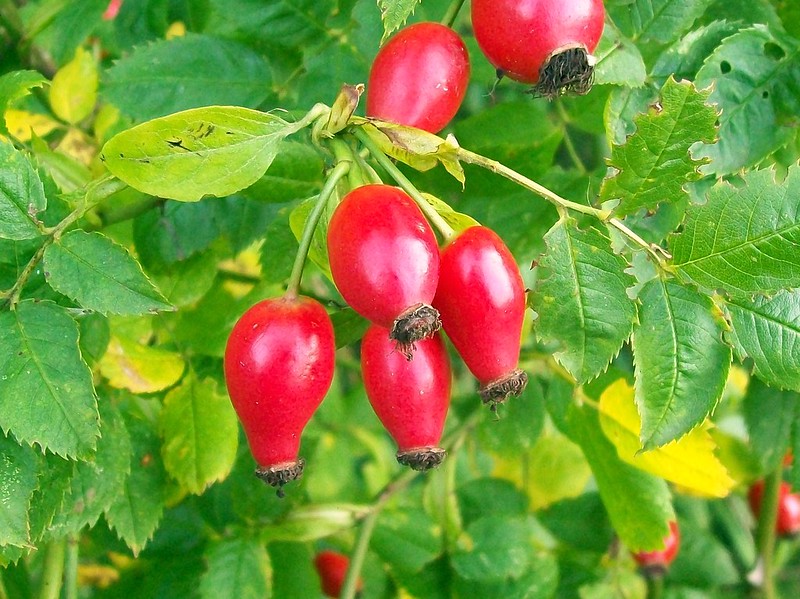
Dogwood (Cornus sanguinea)
- Grown for its eye-catching red stems that stand out in late autumn and winter, dogwoods grow well in conditions many other shrubs would not, such as in front of an evergreen hedge.
- This can make it a very useful addition for those tricky spots in the garden.
- In spring its white flowers are visited by insects, the leaves are eaten by the caterpillars of some moths and the fruits are enjoyed by many mammals and birds.
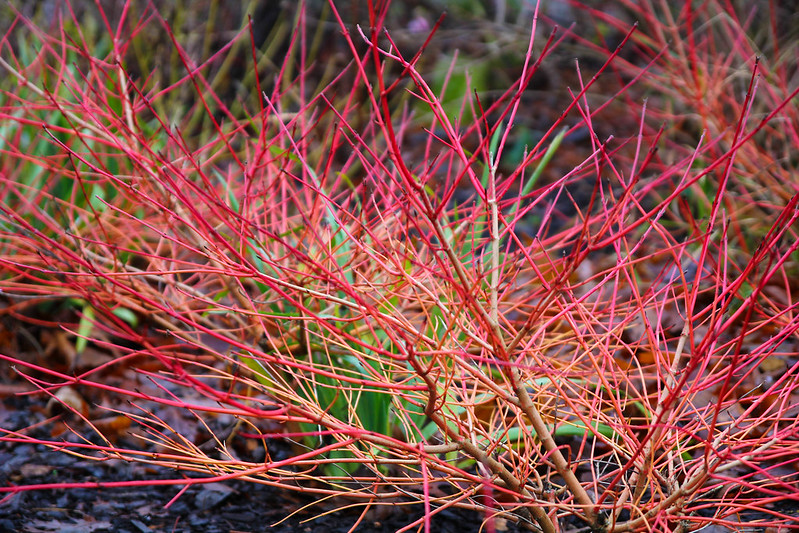
Elder (Sambucus nigra)
- A small tree or large shrub popular for planting in gardens. There are a number of cultivated varieties with different coloured foliage and flowers.
- It’s showy display of flowers and dainty leaves give this shrub a unique look.
- The flowers can be made into a cordial and the berries made into a syrup to ward off colds, so it’s useful to us as well as the wildlife!
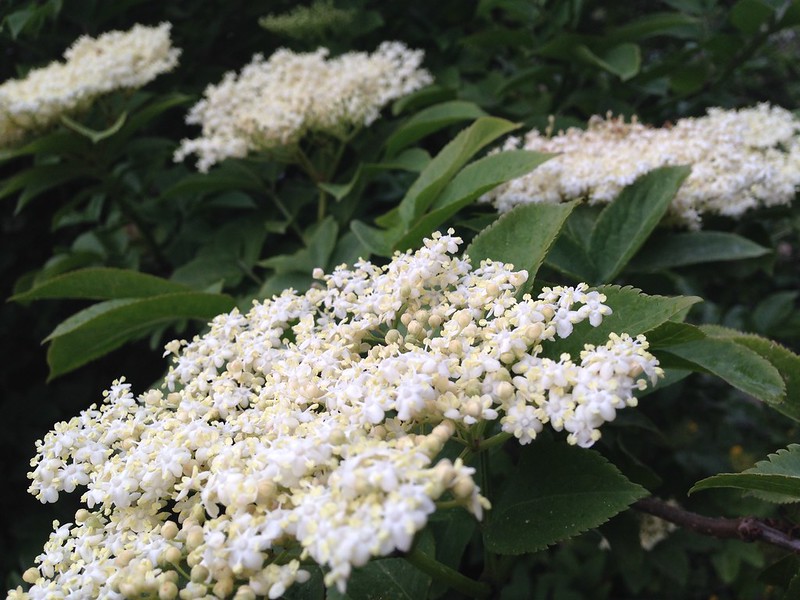
Holly (Ilex aquifolium)
- A well known native shrub or tree that suits any size garden due to the ease with which it can be cut and shaped. Holly is a lovely evergreen addition to any planting scheme.
- Its glossy leaved and sometimes (if it is a female tree) red berried branches can be used as a traditional Christmas decoration.
- It provides birds with food and shelter during the harsh winter weather and food for the holly blue butterfly caterpillar. If you leave the leaf litter under the shrub, it is welcomed by hibernating toads, hedgehogs and small mammals.
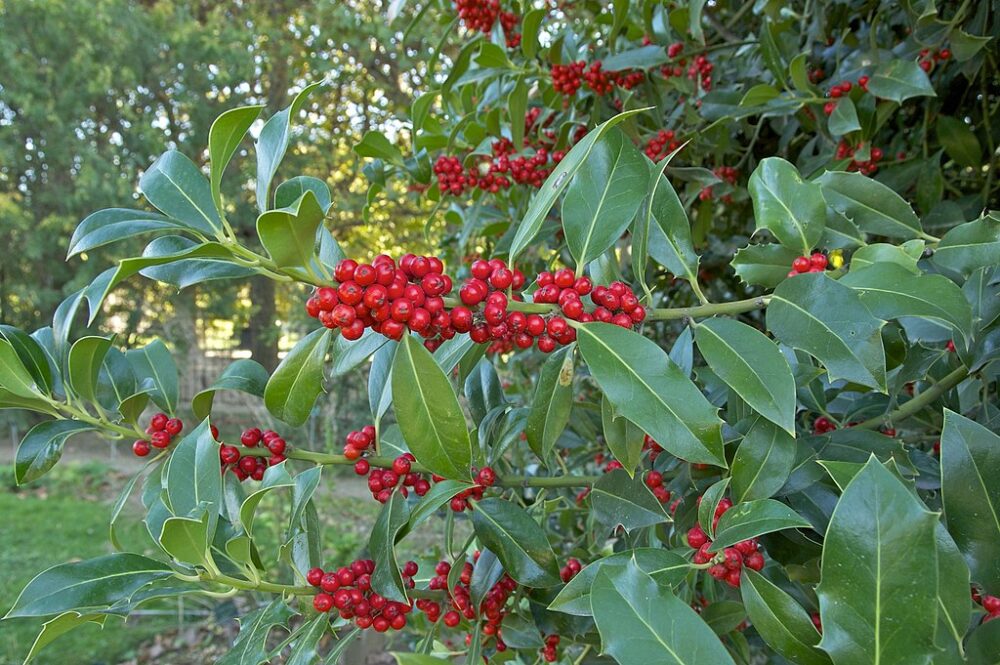
Guelder rose (Viburnum opulus)
- A hardy vigorous native shrub, the Geulder rose is great for filling large spaces in a border.
- It’s white flowers in late spring and early summer are popular with hoverflies and the red berries that follow are eaten by mistle thrushes and bullfinches.
- The foliage in autumn can be a real highlight in a mixed shrub border.
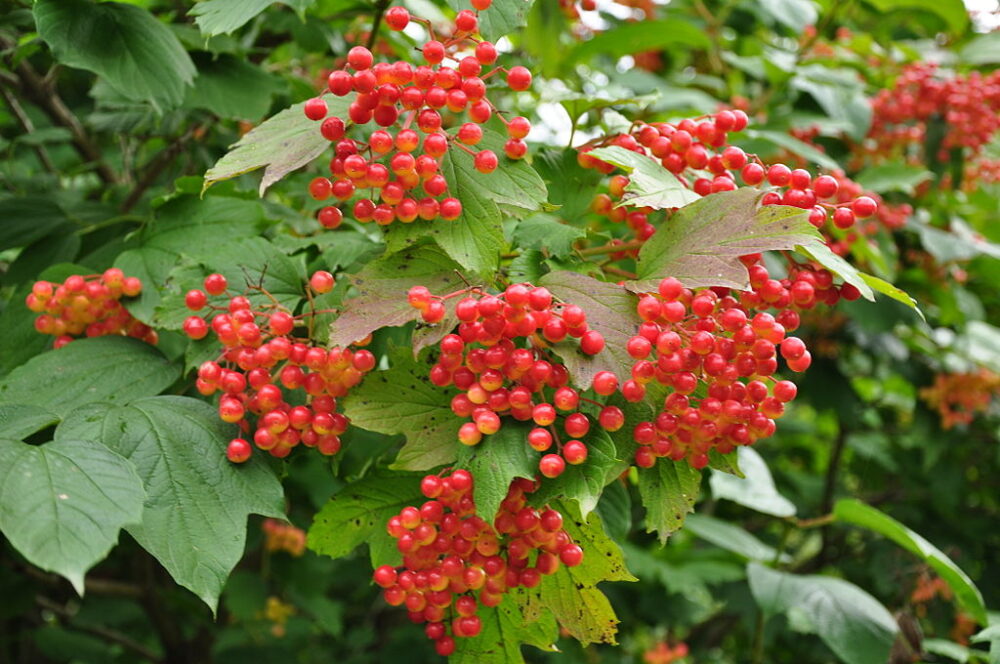
3. Perennials
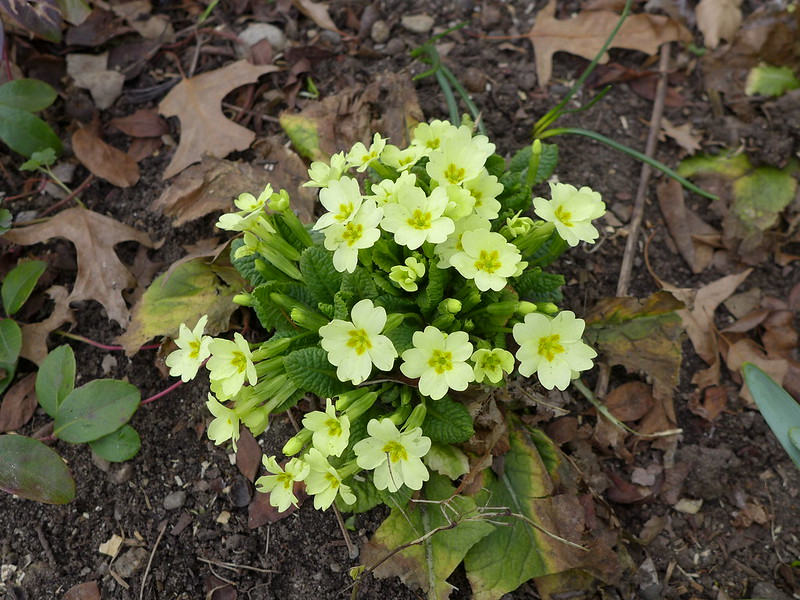
Primrose (Primula vulgaris)
- Our native primrose is a welcoming sign of spring, with its pale-yellow flowers. It is often found at the edge of woodlands and at the bases of trees.
- The flowers are an important source of nectar and pollen for a number of pollinators, while its leaves are eaten by the caterpillars of a number of moth species.
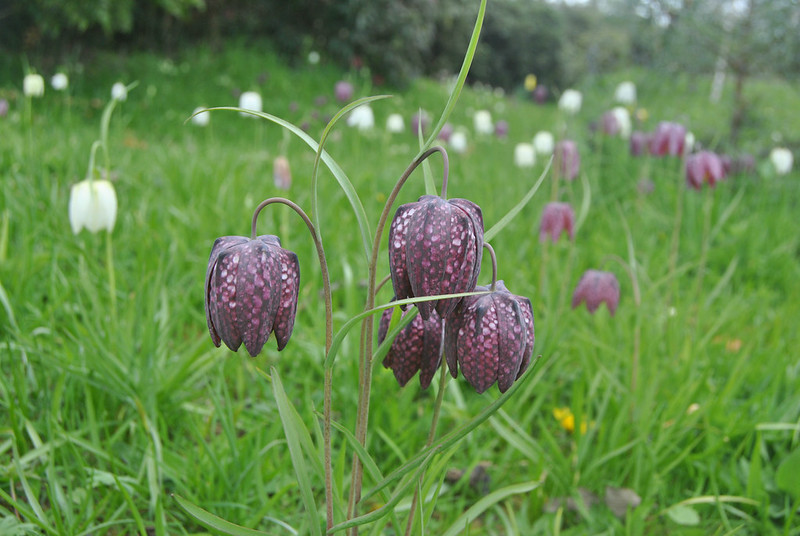
Snakes head fritillary (Fritillaria meleagris)
- A popular spring bulb with a nodding chequered purple and white head. Snakes head fritillary can be naturalised in a lawn or added to your spring bulb display in a border or container.
- They are an early source of nectar for a range of insects.
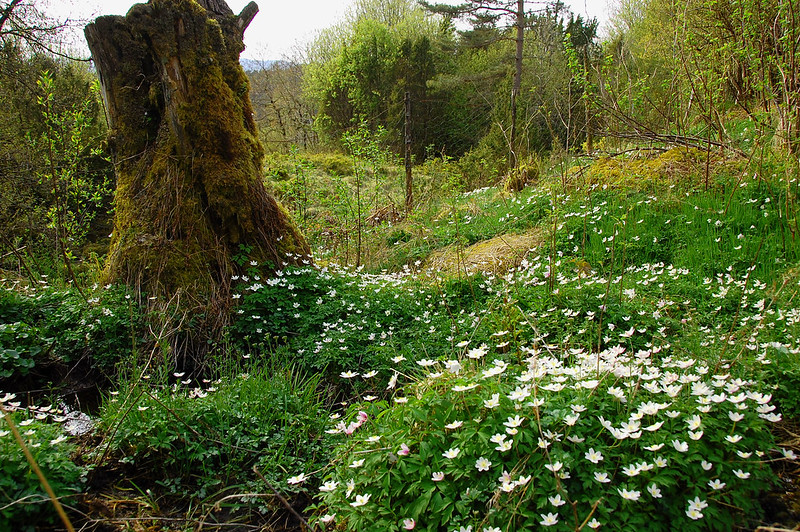
Wood anemone (Anemone nemerosa)
- A valuable plant for shady gardens, wood anemones are a dainty addition, best planted under trees or large shrubs or as infill between more robust perennials.
- It will gradually spread of its own accord and can create a lovely carpet of white nectar rich flowers.
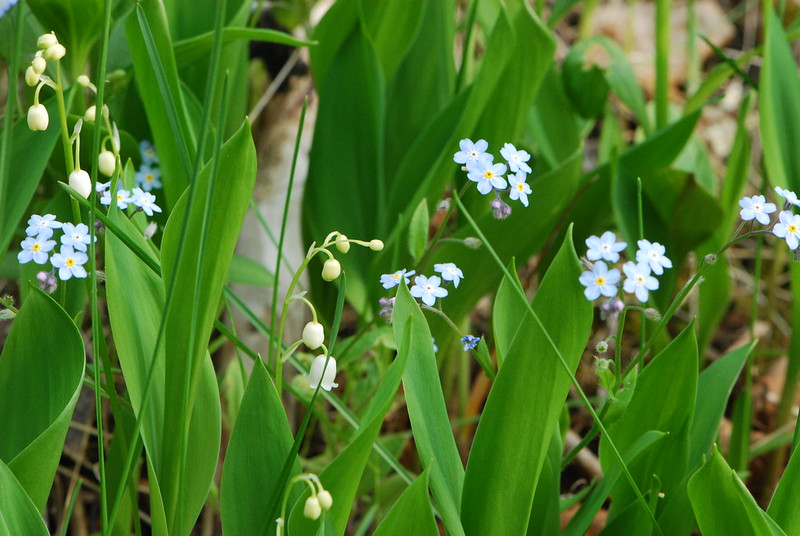
Forget me not (Myosotis sylvatica)
- Forget-me-not is a pretty blue biennial wildflower that thrives in shade (shown here growing through Lily-of-the-valley).
- A great choice if you are wanting a low maintenance option to soften edges of paths and the front of border.
- Its flowers are a magnet for pollinators and its leaves are eaten by the caterpillars of many moths.
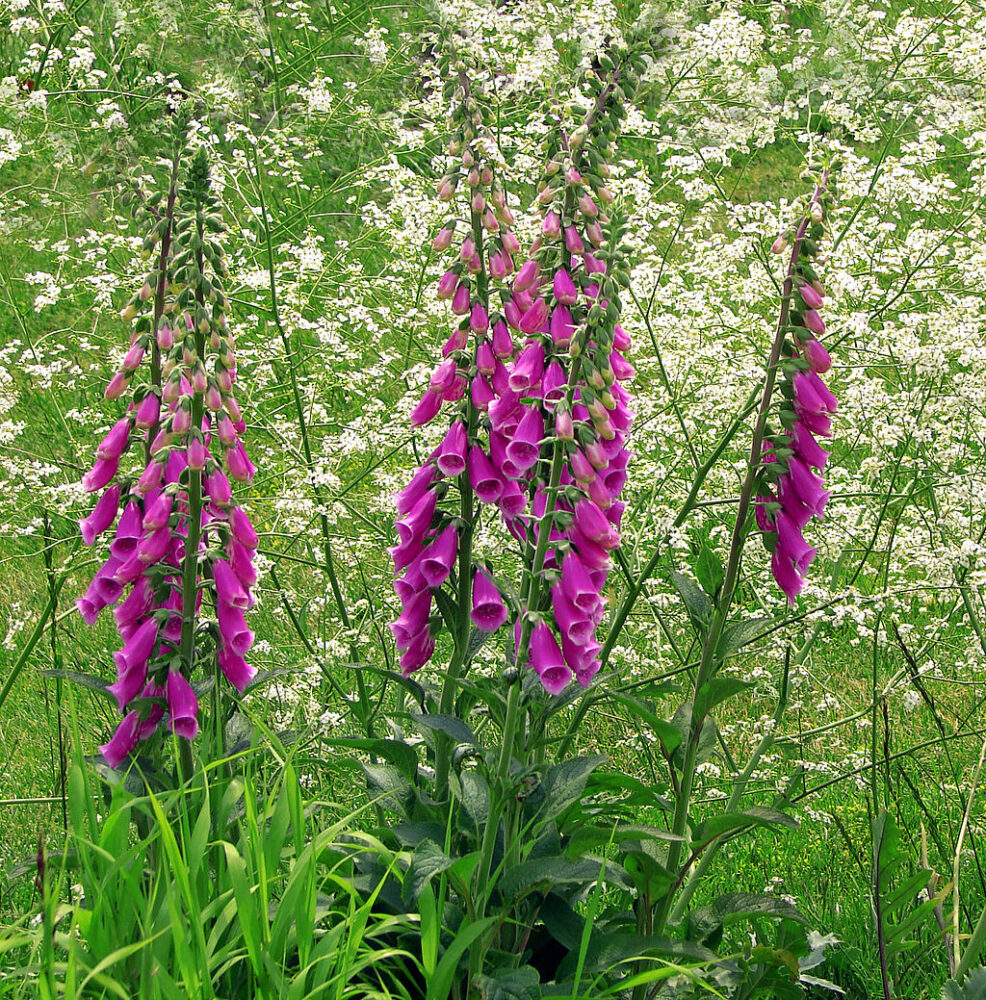
Foxglove (Digitalis purpurea)
- Foxgloves are native European woodland plants recognised by their distinctive spikes of purple flowers.
- A biennial, that will self-seed if allowed, it is best planted en masse at the back of a border where the spikes of purple will be seen above other plants.
- The blooms are particularly attractive to bumblebees.
Photo Credits
Silver Birch; Bird Cherry; Wild Cherry; Malus Sylvestris; Sorbus aucuparia; Rosa canina; Cornus sanguinea; Sambucus nigra; Ilex aquifolium; Viburnum opulus; Primula vulgaris; Fritillaria meleagris; Anemone nemerosa; Myosotis sylvatica; Digitalis purpurea.